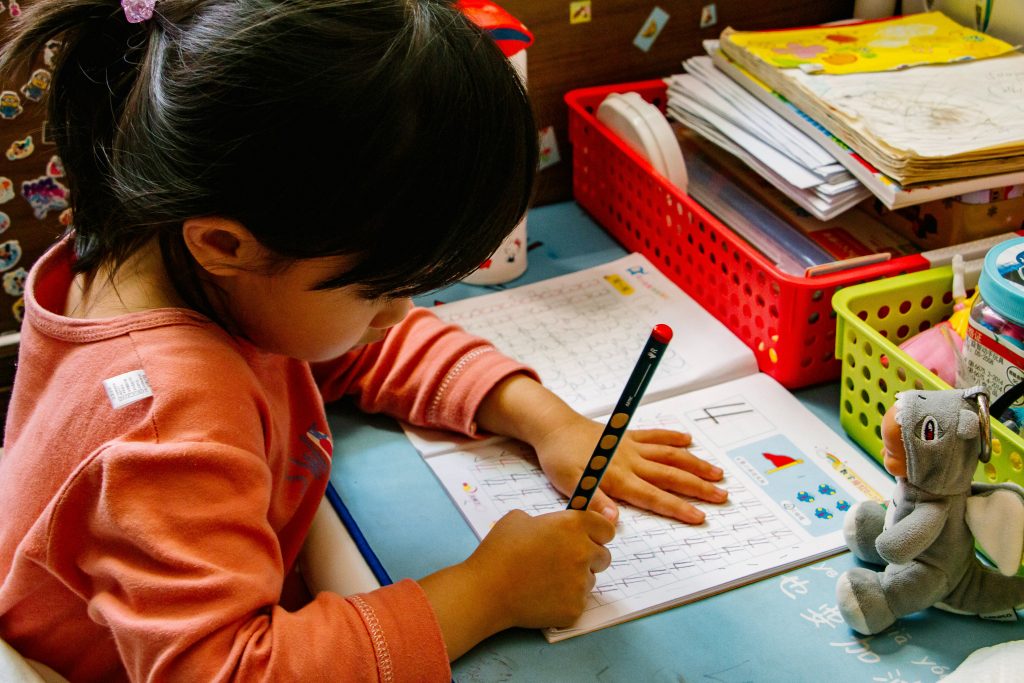Unleashing Genius: The Insights of George Land’s Research
In the realm of educational psychology, few studies have sparked as much intrigue and debate as George Land’s research on creativity and genius. Land’s findings, which suggest that while 98% of children possess the potential to be geniuses, only 2% of adults retain this capacity, raise critical questions about our educational systems and societal structures. This article delves into the meaning of Land’s research, its implications for education, and practical steps to foster and preserve the creative genius in children. We will also explore additional research that corroborates Land’s conclusions.
The Essence of Land’s Research
George Land, a scientist known for his work on creativity and innovation, conducted a seminal study that assessed the creative potential of 1,600 children aged 3 to 5 years old using a test originally designed for NASA to identify innovative engineers and scientists. Astonishingly, 98% of these children scored at the genius level. When the same test was administered to the same children five years later, only 30% still ranked at the genius level. By age 15, this number had plummeted to 12%, and in adulthood, a mere 2% of the original cohort retained their genius-level creativity.
Land’s research suggests that the educational and societal systems we have in place may stifle creativity rather than nurture it. Children start with an innate ability to think divergently—able to see multiple solutions to a problem—but as they grow older and are subjected to formal education, this ability diminishes significantly.
The Potential Decline in Creativity
While a definitive source for the specific details of George Land’s research on creativity in children remains elusive, the concept of a decline in creativity throughout schooling finds support in other studies.
-
Torrance Tests of Creative Thinking (TTCT): E. Paul Torrance, a pioneer in creativity research, observed a decrease in creativity scores during school years. He attributed this to educational systems prioritizing rote learning and standardized testing over fostering divergent thinking skills (Torrance, 1974).
-
Kyung Hee Kim’s Meta-Analysis: A 2011 study by Kim analyzing TTCT scores over several decades found a significant decline in creativity scores among American schoolchildren. This decline may be linked to factors like increased standardized testing and less emphasis on arts and humanities (Kim, 2011).
-
The Flynn Effect in Reverse: James Flynn observed that while IQ scores have risen over time (Flynn Effect), creative thinking scores haven’t followed suit. This suggests modern educational practices might favor analytical thinking over creativity (Flynn, 2007).
Understanding the Importance of Creativity
The decline in creative genius from childhood to adulthood implies that the traditional educational system, with its emphasis on conformity, rote learning, and standardised testing, may be suppressing the natural creative instincts of children. Schools often prioritise convergent thinking, which focuses on finding the single correct answer, over divergent thinking, which involves generating multiple solutions and thinking outside the box
- Innovation and Problem-Solving: Fewer creative thinkers could lead to a shortage of innovators and problem-solvers, hindering advancements in various fields.
- Personal Fulfilment: Creativity is linked to personal satisfaction and mental health. Suppressing it can lead to decreased engagement and fulfilment.
- Economic Growth: Economies driven by innovation tend to grow faster. Diminished creative capacities can hinder economic progress.
What Can Be Done?
Given these insights, it becomes crucial to rethink our approach to education and parenting. Here are several strategies to help foster and maintain creativity in children:
- Encourage Divergent Thinking: Promote activities that require thinking outside the box. Open-ended questions, brainstorming sessions, and problem-based learning can all help.
- Create a Safe Environment for Experimentation: Foster an environment where children feel comfortable taking risks and learning from mistakes. Value curiosity and exploration over perfection.
- Integrate Arts and Humanities: Subjects like art, music, drama, and literature play a critical role in fostering creativity. Ensure these subjects are an integral part of the curriculum.
- Model Creative Behaviour: Parents and educators should demonstrate creative thinking and problem-solving. This can inspire children to approach challenges creatively.
- Limit Screen Time: While technology can be a tool, excessive screen time, especially passive consumption, can impede creative thinking. Encourage active engagement through reading, building, and imaginative play.
- Provide Opportunities for Unstructured Play: Unstructured playtime allows children to use their imagination and develop their creativity without constraints. Encourage free play where they can explore and create independently.
Helping Our Kids Thrive
Here are practical steps parents and educators can take:
- Encourage Curiosity and Questioning: Foster an environment where children feel comfortable asking questions and exploring answers.
- Embrace Failure as a Learning Opportunity: Teach children that failure is part of the learning process and an opportunity to grow. This builds resilience and a willingness to take creative risks.
- Expose Them to Diverse Experiences: Diverse experiences broaden children’s perspectives and stimulate creative thinking. Travel, cultural activities, and varied reading materials can all contribute.
- Collaborate and Share Ideas: Encourage children to work with others and share ideas. Collaborative projects can enhance creativity through the exchange of viewpoints and skills.
- Support Passion Projects: Allow children to pursue their interests and passions, even if they seem unconventional. Passion projects can be a powerful outlet for creative expression and innovation.
By fostering environments that nurture divergent thinking, encourage experimentation, and value creative expression, we can help ensure that the genius within our children flourishes. This approach benefits not only individual fulfilment but also drives societal progress and innovation. Further research is needed to understand the nuances of creativity development and refine our approaches to cultivating this vital human capacity.
References:
Kim, K. H. (2011). The creativity crisis: The decrease in creative thinking scores on the Torrance Tests of Creative Thinking. Creativity Research Journal, 23(4), 285-295.
Flynn, J. R. (2007). What is intelligence? Beyond the Flynn effect. Cambridge University Press.
Torrance, E. P. (1974). Torrance Tests of Creative Thinking: Norms-technical manual. Personnel Press.
Robinson, K. (2006). Sir Ken Robinson: Do schools kill creativity? | TED Talk TED Conferences.
Photo by Jason Sung on Unsplash






